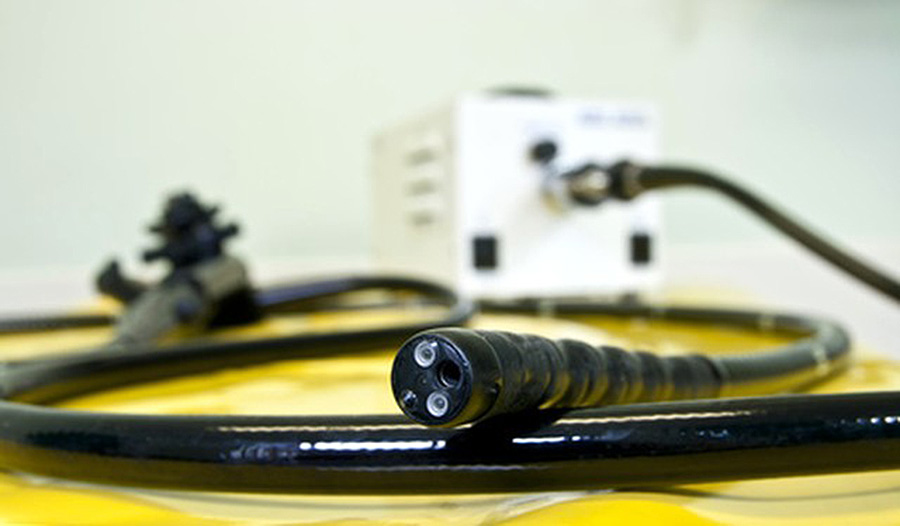
You Want to Put What Where?!?
You feel totally fine, you’ve been minding your own business and being a good person. You see your primary doctor for a routine physical, and right as you’re about to leave and celebrate your good health, BAM.
You want me to do WHAT?!?
Well, happy birthday, sounds like you may have recently turned 50, and your doctor has suggested a screening colonoscopy. While at first glance, waterboarding may sound like a more pleasant alternative, a colonoscopy is actually not that bad.
Here are some answers to some of the questions that may be running through your head.
(Along with “Get me out of here!” “Remind me to find a new doctor” and “From now on I’m 35 if anyone asks.”)
- Why exactly are we doing this? I feel fine. So, that’s the beauty of colonoscopy. Instead of waiting until you don’t feel fine, the purpose of this test is to prevent the development of a problem before it starts. Specifically, colon cancers typically form from benign, precancerous polyps, most of which never cause any symptoms. So the whole point of a colonoscopy is to take a good look at your whole colon, and remove any polyps BEFORE they have a chance to progress into cancer.
- What exactly is “the prep”? The prep is like the Voldermort of medicine. Everyone is terrified of it, no one wants to even discuss it. In order to get a good look at the whole colon and not miss any small polyps, the colon needs to be cleaned. Unless you’re my mother (who loved the prep because she lost 3 pounds), you will likely find this to be the worst part of the whole endeavor. The “cleansing process” usually starts a few days to a week before the procedure, where you might be asked to eat a modified diet, to avoid things that are hard to digest and tend to hang around. Remember that time you forgot you had eaten corn, until you got a visual reminder 3 days later? Ya that’s what I’m talking about… 24-36 hours before the test, the real party begins. Here is where you’ll be asked to consume an agent that will draw water into your colon, and direct your body to flush it out. It’s like that time you drank the water in Mexico, but, er, more.
- The big day. Today is like Sunday. Put your feet up, and relax. Once you arrive, you’ll be checked in, asked to change, and a nurse will likely put in an IV. Once the doctor is ready, you’ll be given what’s called “conscious sedation,” meaning you’re conscious (in a medical sense – as in you’re breathing), but sedated. Like having too many margaritas, but without the hangover. Once the procedure is done (takes anywhere from 10-50 minutes), you wake up, and go home!
- When do I get to do this again? This depends on a number of things. If everything is normal, you have no precancerous polyps, and no family history of colon cancer, you likely won’t need to repeat the test for another 10 years. But put your iPhone down – there are a lot of things that might shorten that interval, like certain types of polyps, if a family member has colon cancer or polyps, if a large polyp is removed, or if the prep wasn’t great. So this is something you’ll need to discuss with your doctor after the procedure. If any polyp were removed or biopsies taken, make sure you find out the results and understand them.
Related posts







